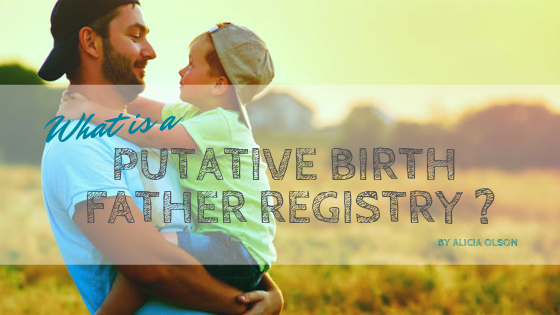A visionary is a leader of excellence who sees what others do not see, who achieves for now and plans for the future, who positively impacts different generations and raises up other visionaries. Onyi Anyado This month we are honored to highlight Nightlight Christian Adoptions (Nightlight) founder and leader, Ron Stoddart. Mr. Stoddart has […]


